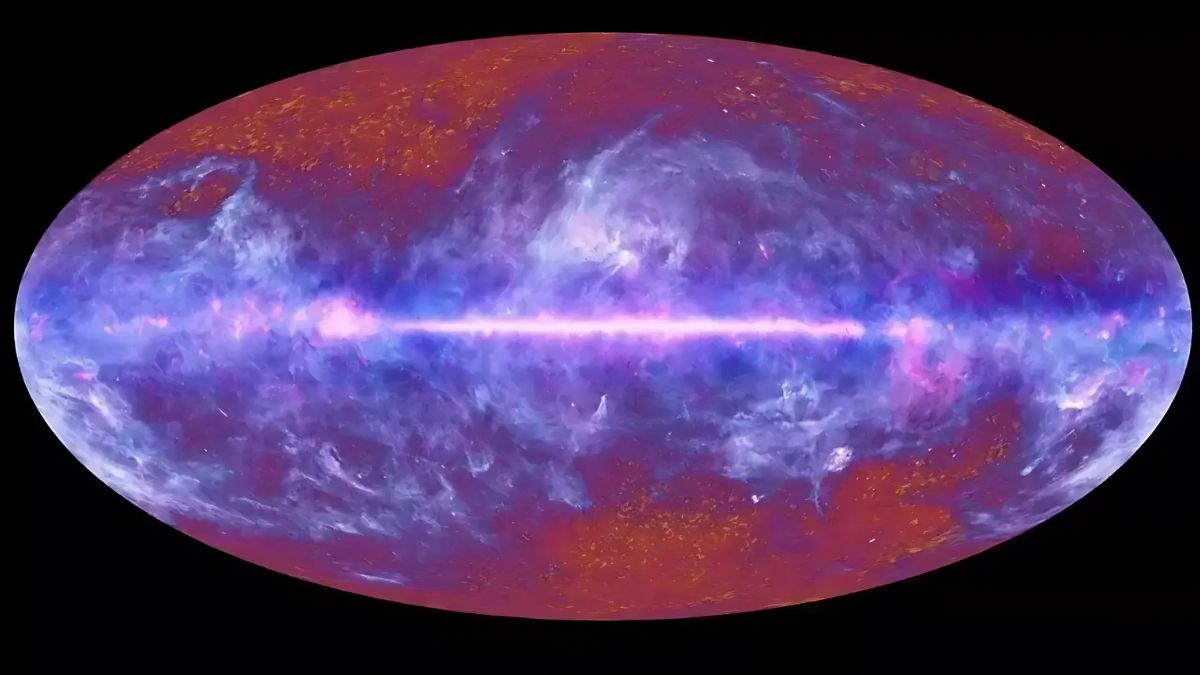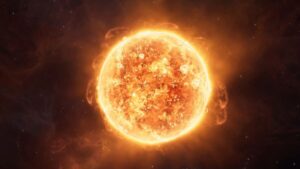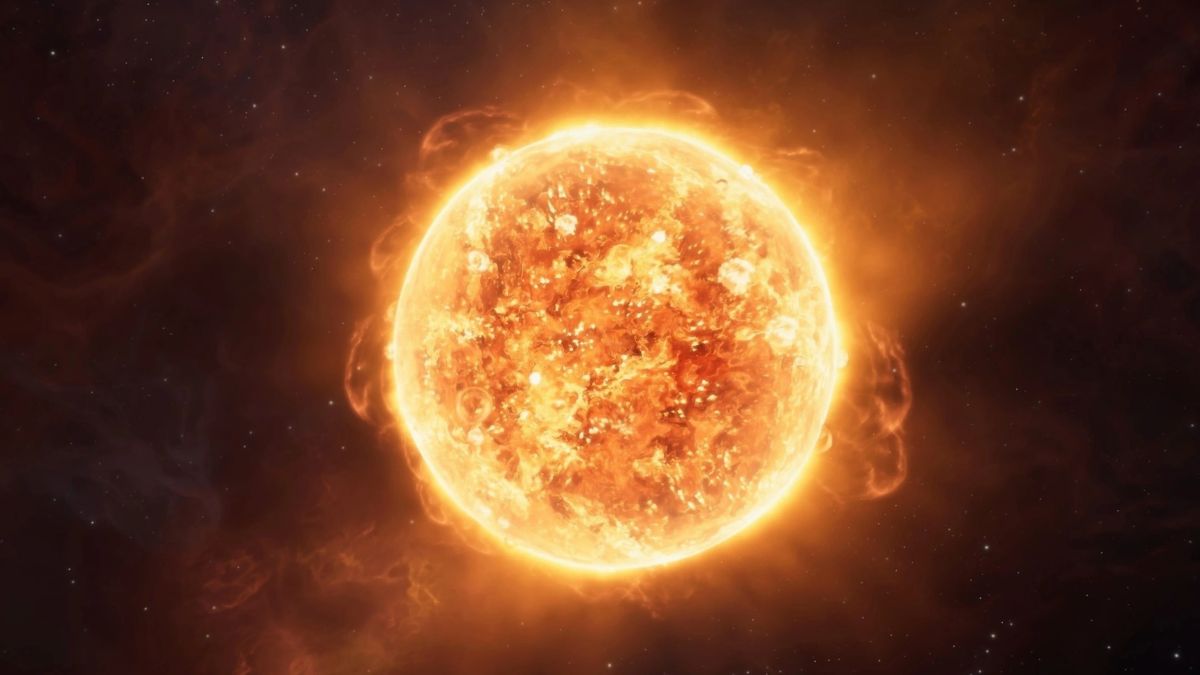Imagine trying to hear a whisper from 13 billion years ago. Sounds like science fiction, right? But that’s exactly what scientists just did. For the first time ever, telescopes on Earth picked up an ancient cosmic signal—an echo from the universe’s first stars, formed shortly after the Big Bang. This silent whisper, hidden in the chaos of Earth’s modern noise, might change everything we know about how light first spread across the cosmos.
Fog
Let’s rewind to the beginning. Right after the Big Bang, the universe was a hot, chaotic soup of particles. Electrons and protons zipped around freely, creating a dense fog where light couldn’t travel. It was like a cosmic blackout, and the entire universe was wrapped in this thick, light-trapping haze.
Then, as the universe cooled, electrons began settling into orbit around protons, forming neutral hydrogen atoms. This let light finally break free, creating what we now call the cosmic microwave background—a sort of fossil glow left behind from the universe’s earliest days.
But this peaceful glow didn’t last long.
Dawn
Fast forward to the cosmic dawn—the era when the first stars were born. These stars were unlike anything we see today. Massive, bright, and short-lived, they flooded the universe with powerful radiation. That energy stripped electrons off hydrogen atoms once again, scattering light and triggering a major event in cosmic history: reionization.
Why does this matter? Because this process reshaped the universe’s transparency. It allowed light to travel even further, eventually helping galaxies, planets, and maybe life itself form. Understanding reionization is like finding the missing chapters in the universe’s origin story.
Whisper
The catch? Detecting signals from this period is ridiculously difficult. The light from cosmic dawn is faint—millions of times weaker than the noisy interference around us from satellites, radio signals, even storms. Imagine trying to catch a whisper from across a stadium during a rock concert. That’s what scientists were up against.
Enter the CLASS project, led by the US National Science Foundation. Instead of launching equipment into space, they took a different route—literally. They built a series of ultra-sensitive telescopes high in the Chilean Andes, over 5,000 meters above sea level, far from Earth’s noisy background.
Their goal? Detect the subtle polarized microwave signals left behind by the earliest stars. These waves hold the fingerprints of cosmic dawn—but finding them meant filtering out all the noise.
Signal
Here’s how they did it: using technology similar to polarized sunglasses. Just like those glasses cut out glare, CLASS telescopes used complex filters to block everything that wasn’t coming from deep space. Then, by comparing their ground-based data with older space data from missions like Planck and WMAP, scientists confirmed they had found something real—a “common signal” from the dawn of light itself.
In other words, they weren’t just hearing static. They were hearing the universe’s first whispers, filtered through time, space, and a whole lot of noise.
Impact
This discovery is more than just cool—it’s groundbreaking. For the first time, we’ve proven that Earth-based telescopes can detect signals this old and this faint. That opens the door to all sorts of new possibilities. Instead of depending only on expensive, limited space missions, we can now explore the early universe from our own planet.
This means better models of galaxy formation, improved understanding of dark matter, and maybe even new insights into neutrinos—mysterious particles that are all around us but rarely interact with anything.
The best part? We’re just getting started. With this technique now validated, we could soon be detecting signals from 10 billion years ago—or even earlier.
| Event | Description |
|---|---|
| Era | Cosmic Dawn (after Big Bang) |
| Signal type | Polarized microwaves |
| Telescope project | CLASS (Chile) |
| Height above sea level | 5,000+ meters |
| Method used | Noise filtering + signal comparison |
| Confirmed with | Planck & WMAP space data |
| Scientific significance | First Earth-based detection of cosmic dawn light |
FAQs
What is the cosmic dawn?
It’s the era when the first stars formed after the Big Bang.
What did the CLASS telescopes detect?
A polarized light signal from the universe’s first stars.
Why is this signal hard to detect?
It’s millions of times weaker than Earth-based interference.
What is reionization?
The process where early stars stripped electrons from hydrogen.
Why is this discovery important?
It proves we can study the early universe from Earth.




















